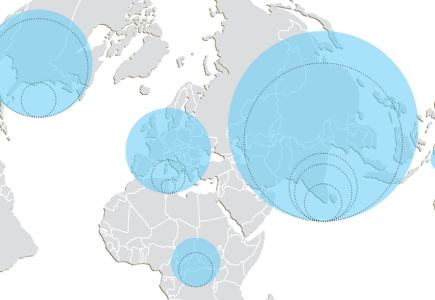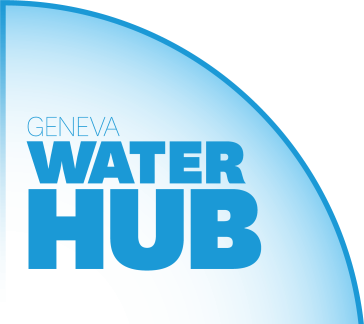
Monthly Water Map n°4 - Large Dams of the World

Hydropower is a low-carbon source of energy that, in combination with other intermittent renewable energy technologies, plays an important role in mitigating climate change. In addition to electricity production, large dams (minimum height of 15 m) are increasingly multipurpose infrastructures that provide public goods (flood mitigation or increased water storage) and contribute to development objectives (such as improving food production or supplying water in rural areas).
Yet, such large infrastructure schemes may also have significant negative biophysical, socioeconomic and geopolitical impacts – debates between the advocates and opponents of large dams have been more of less ongoing for the last 40 years. Reaching a consensus on new projects can be elusive, but certainly requires the involvement of numerous stakeholders and an integrated assessment of all negative aspects alongside the positive ones.




